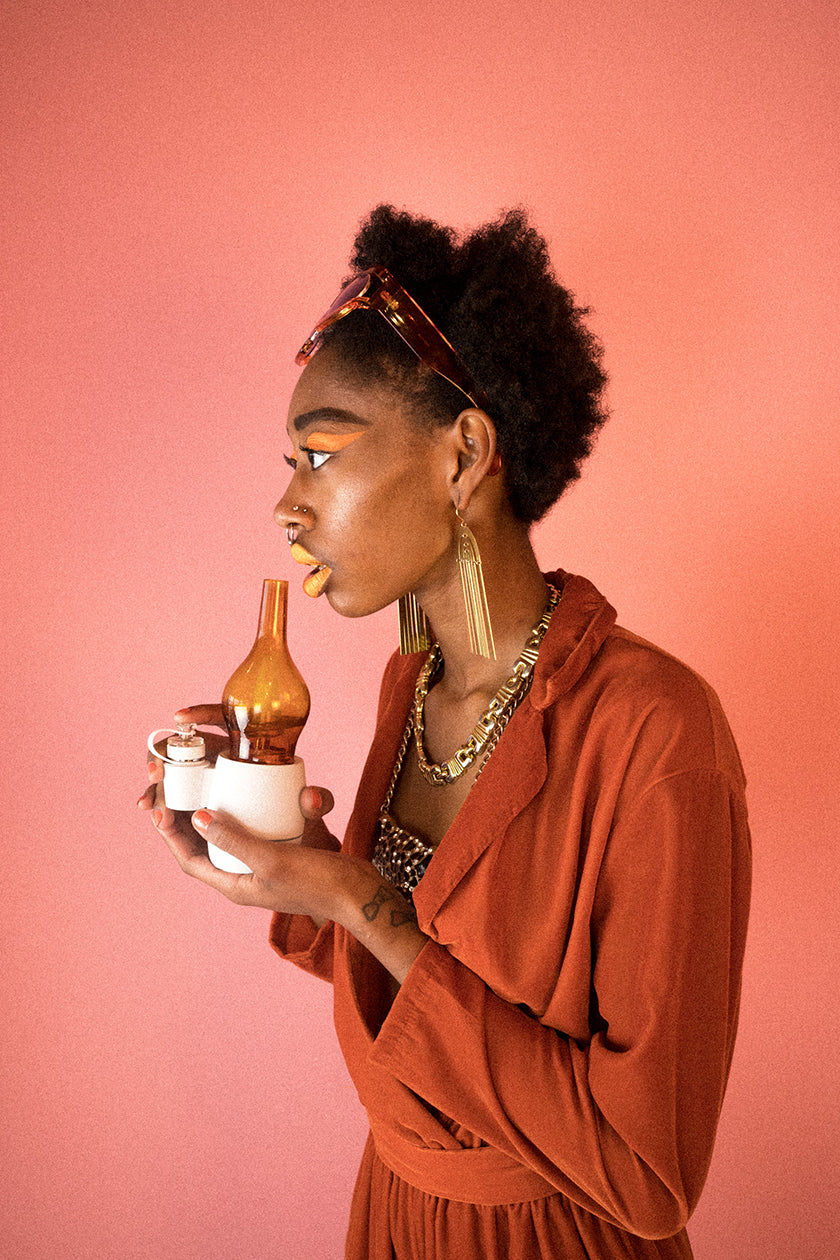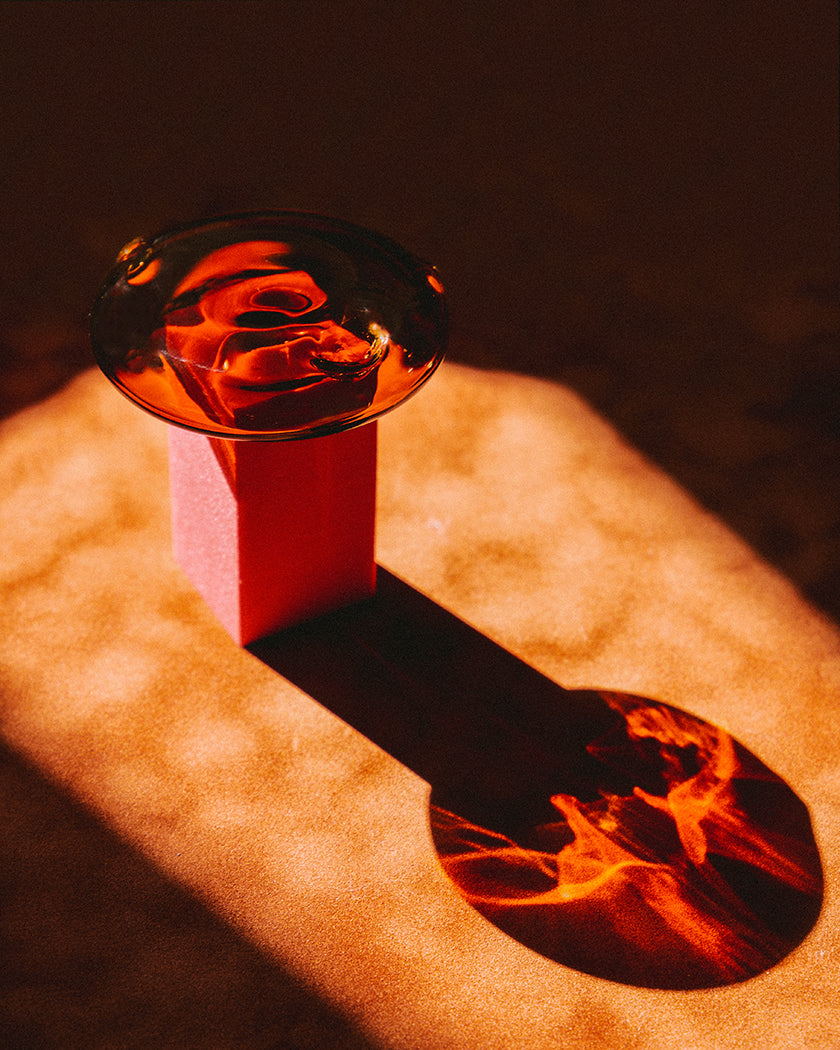Your Cart is Empty
Buy a book, plant a tree.
Anja Charbonneau, editor-in-chief and creative director of Broccoli discusses the rise of modern cannabis consumerism and reinterpreting a culture tarnished over the decades

In the past few years, modern cannabis culture has blossomed. Minimalist dispensaries with steel and glass cases present the plants like rare jewels—sleek vapes and handcrafted pipes look like standalone works of pocketable sculpture. New magazines and podcasts map and chart newfangled conversations and ways of thinking. Like a field of quickly-growing weeds, this creative efflorescence nods to the vast potential of the cannabis plant itself. Designers, artists, and all kinds of creative professionals have been given a challenging gift: to pollinate the planet with ideas about what the plant means today.

They are tasked with developing a new expression of cannabis culture that is both forward-thinking and historically informed, as well as responsive because it is a culture-shifting in real-time. When lawmakers around the world began legalizing cannabis in the 2010s, it’s unlikely that they intended to spawn a creative revolution. The shift was subtle at first, but the art-driven transformation of cannabis continues to gain momentum. High on Design: The New Cannabis Culture captures a snapshot of this exciting shift in cannabis culture through interviews, case studies, and examinations of the cultural relevance of cannabis throughout history.
These creative expressions are rooted both in place—each region infuses their legal weed scene with its own local flair—and in personalities. It was Oregon that acted as a creative catalyst for the cannabis industry in the 2010s, connecting to the state’s community of local makers and designers. Portland is home to the first dispensaries and brands that achieved global renown for their elevated style. The creatives behind these efforts envisioned a weed culture that reflected their values—care, craftsmanship, and a friendly mood, the same way one might approach coffee, wine, or other handcrafted goods in an accessible way.

They created objects and spaces meant to be seen and enjoyed, not hidden away. And by doing that, they sent a signal: it was finally time to rethink the way we perceive cannabis. The design here served a deeper purpose than mere aesthetic pleasure—it began to change preconceived ideas. The cultural identity assigned to cannabis users in popular culture—“stoners” who are lazy, no-good criminals, or hippie dropouts destined to live in their parents’ basements—is intensely negative. These comical, imagined characters highlight how much our minds rely on images to understand the world around us.
The artistry of the new cannabis culture offered a radical rewrite of these ideas, reflecting the truth instead of a trope. Because the truth is, once legalization began, it didn’t take long before pot-smoking stereotypes started to shatter. Legal dispensaries and brands quickly saw the spectrum of adults interested in cannabis defied so-called conventional wisdom. (One notable example: women have been at the forefront of the new cannabis movement as both consumers and industry leaders). If legal cannabis could look and feel friendly and appealing, it invited everyone in—longtime cannabis lovers, first-timers, the cannabis curious, and everyone in between.

The opportunity to reinterpret an entire subculture doesn’t come around often, and for design-minded people, there’s a tremendous amount of excitement associated with exploring such endless, untapped potential. It’s easy to get caught up in the positivity and fun of the new era of weed, especially if you live in a place where it’s legal. But it’s important to remember that the stigma surrounding cannabis is still very much alive. Depending on the laws and culture of where you live, consuming cannabis can mean losing your job, having your children taken away, or being put in jail.
Rebranding cannabis comes with a lot of responsibility: you have to look deeper than the surface level of a nicely packaged product or a stylish retail shop. Perhaps the most important thing we can learn from the history of cannabis and its ongoing legalization is that we must rely on community efforts, activism, and education to meaningfully normalize the plant. If you’re a person who is interested in cannabis and have the privilege of being open about it, please do so—even if it’s something as simple as keeping this book on your coffee table as a subtle, simple nod to your leafy-green friend.
From dark alleyways to Californian boulevards, cannabis culture has flourished into a billion-dollar business in a matter of years since legalization. Discover the individuals and brands creating a new aesthetic for modern times through High on Design.